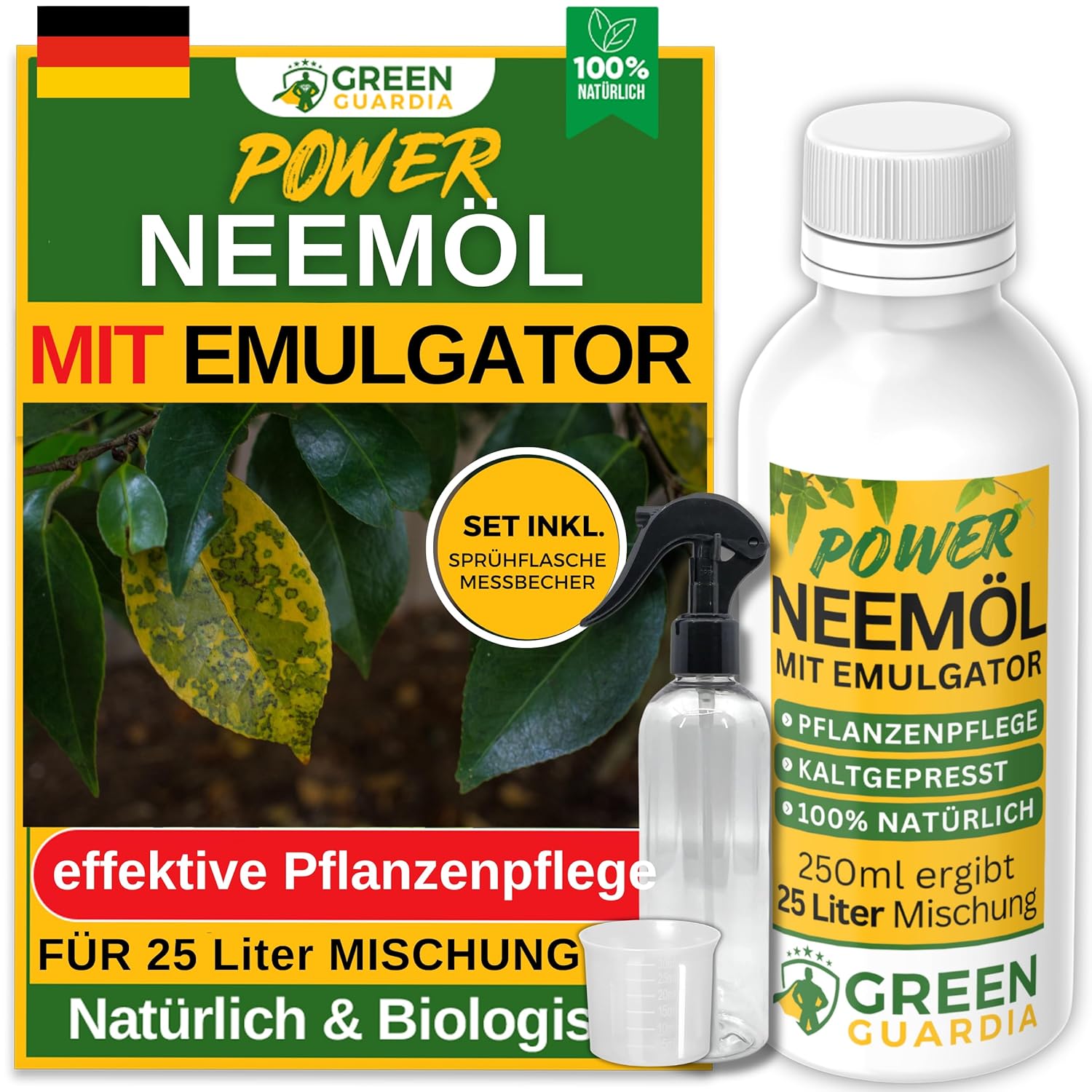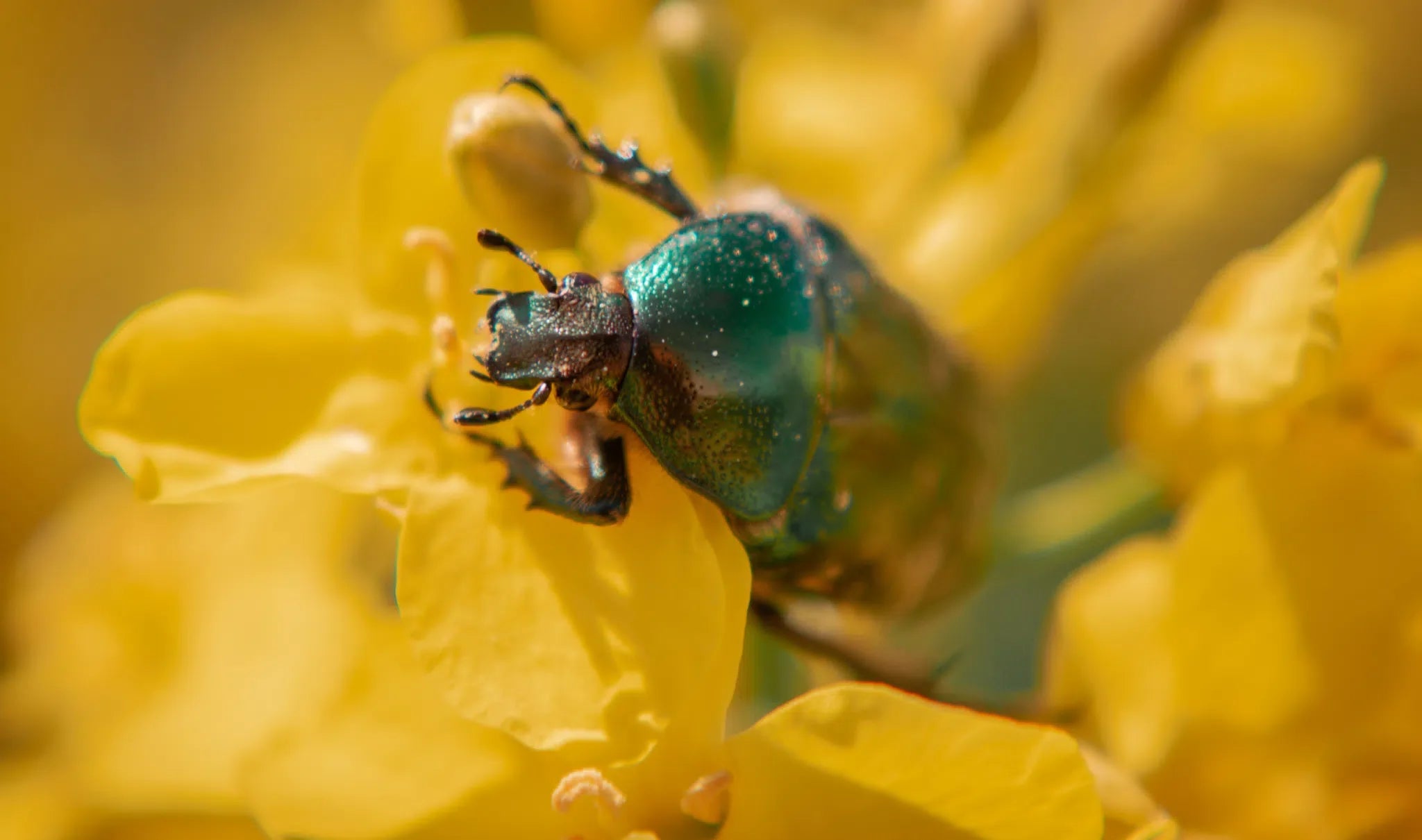Rapeseed beetle – fight it naturally, secure your harvest
Rapeseed beetles are among the most common pests in rapeseed cultivation and can cause significant damage. Here you'll learn how to identify the pest, combat it in an environmentally friendly way, and take simple long-term preventative measures.
An overview of the pest
The rapeseed beetle (Meligethes aeneus) is a small, black beetle that feeds on flower buds. It can cause significant damage, especially during flowering, if not addressed in a timely manner.
Life cycle of the rapeseed beetle
In spring, the beetles lay their eggs in flower buds. The larvae feed on the flowers, causing yield losses. After pupation, new beetles emerge, causing further damage. Multiple generations per year require rapid action.
How to recognize an infestation
- Broken or wilted flower buds
- Significantly reduced flower formation
- Shiny beetles visible directly on the flowers
Natural methods to combat
- Ladybugs (Coccinellidae): Eat the eggs and larvae of the rapeseed beetle – a natural, effective solution.
- Pheromone traps: Help reduce the adult beetle population.
- Mechanically collecting or knocking the beetles off the plants.
Preventive measures
- Plan crop rotation and cultivation breaks
- Regular field checks during flowering
- Targeted use of beneficial insects in spring
Products for natural control
Our recommendations for your rapeseed cultivation:
- Ladybugs (Coccinellidae) – Effective against eggs and larvae of rapeseed beetles
- Pheromone traps – For population control and monitoring
Conclusion
With natural measures like ladybugs and preventative methods, you can effectively protect your rapeseed crops from the rapeseed beetle. Sustainable, environmentally friendly, and chemical-free.












